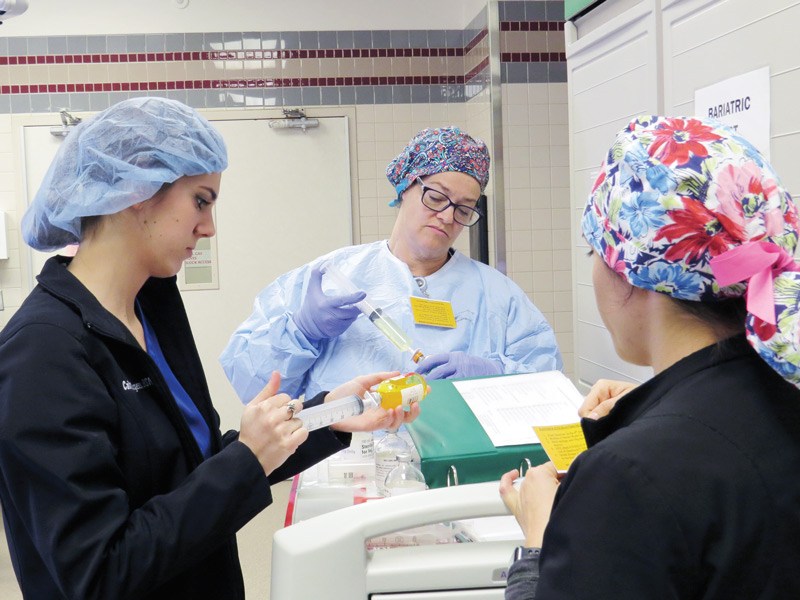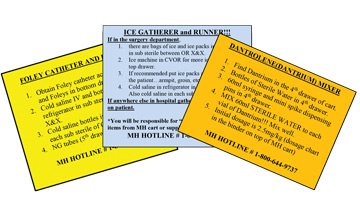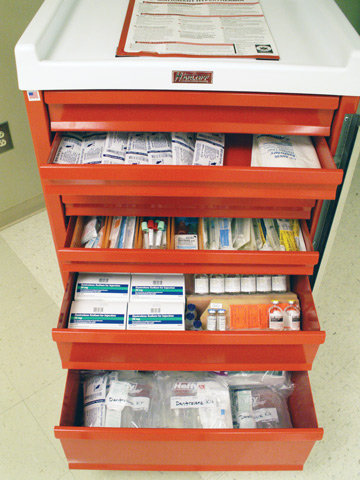You'd like to believe your staff will react calmly and competently in the event of a rare and potentially fatally malignant hyperthermia crisis, but how can you be sure? If you make response training as detailed and realistic as possible, required life-saving actions will become ingrained in their collective muscle memory.
Fortunately, we've never had an MH emergency at our facility. But we're sure our training has increased our staff's knowledge, confidence and skill if we're ever faced with the real deal. Our MH drills involve two critical components:
- Simulation-based training (SBT) that takes place in the OR and is as close to a real-life event as we can make it.
- MH task cards that provide detailed instructions on response tasks staff are required to follow, as well as clear explanations as to which discipline could perform each task, and why each of the steps are necessary.
Here's a closer look at how we prepare our team to manage a crisis we hope they never have to face.
.svg?sfvrsn=be606e78_3)



.svg?sfvrsn=56b2f850_5)